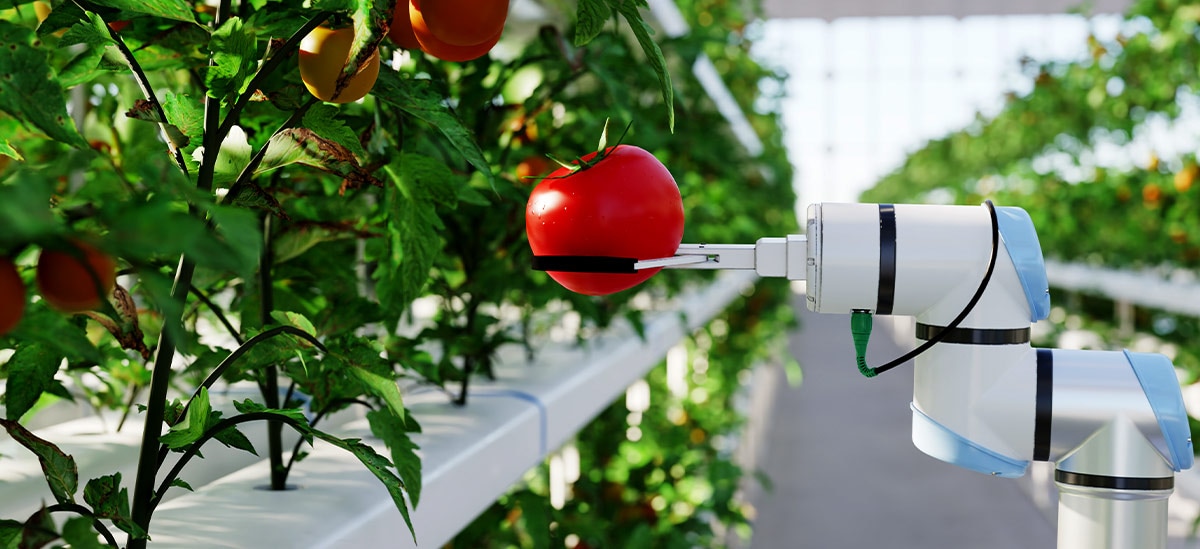
Technology is revolutionizing every corner of food and beverage manufacturing—from quality control and inventory management to predictive maintenance.
Artificial intelligence (AI) and machine learning (ML) are working behind the scenes to drive this transformation and help food and beverage manufacturers become more efficient and productive. They’re the technologies behind innovations like robotics that enable efficient production and automation that supports food and beverage safety.
AI and ML are experiencing exponential growth as they help identify valuable patterns and trends and collect real-time data about performance. According to Mordor Intelligence, AI in the food and beverage market is valued at $3.07 billion currently but is expected to reach $29.94 billion in the next five years, with a CAGR of over 45.77%.[1]
Why Innovation in Food & Beverage Is Critical
These advancements help food and beverage manufacturers improve manufacturing processes, keep up with consumer demand, enhance operations, and build resilience by:
- Increasing production quality and quantity
- Improving worker safety
- Better managing and optimizing equipment performance
- Reducing expenses and labor/resource requirements
The organizations that make AI and ML a priority now will be industry leaders, outperforming those that choose to maintain the status quo.
4 Ways Innovation Is Happening Right Now in Food & Beverage
To inspire innovation, we’ve rounded up real examples of how AI and ML technology are being used right now to improve processes for the better.
By gathering the right data—and turning that information into actionable insights that automate work and elevate output—these types of organizations are seeing impactful results.
How far along are you on your innovation journey in comparison?
Preventing Downtime
Unexpected equipment malfunction halts productivity and revenue, which is why some bakeries are turning to AI and ML to analyze data gathered by sensors placed on equipment like ovens, proofers, and refrigerators. Using this information, AI can predict timelines for future equipment breakdowns so that preventative maintenance and repairs can be scheduled in advance—before the equipment unexpectedly stops running.
Automating Manual Processes
Manufacturers can use AI-based solutions to accurately sort food based on size, color, and/or weight to eliminate manual processes. For example, through ML, AI can learn how to recognize and sort out the best potatoes to use to create a specific type of product: potato chips vs. frozen French fries, for example.
Improving Compliance
Safety measures are vitally important to food and beverage manufacturers, and AI-enabled cameras can help monitor for safety compliance to avoid violations, fines, and recalls. For example, the cameras can identify bacteria in food or verify that employees follow proper hygiene habits.
Enhancing Consistency
Consumers expect consistency and quality from the snacks they enjoy, which is why some confectioneries are relying on integrated ML and AI to monitor candy and chocolate production. When a batch deviates from normal yields—inconsistent moisture content, for example—staff are alerted right away so that production adjustments can be made.
Achieve Your Innovation Goals
As you map your own plans for technology innovation, PNC can help you take you where you want to go.
Learn more about PNC solutions for restaurants and retail businesses.




